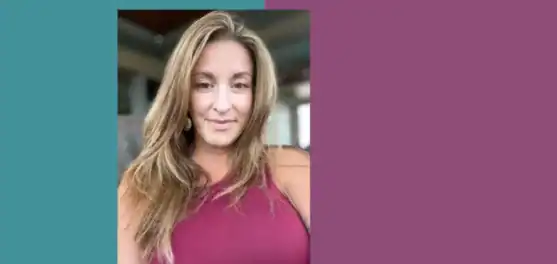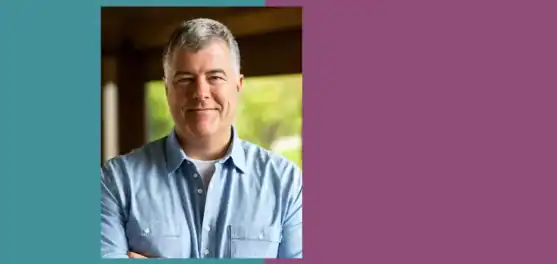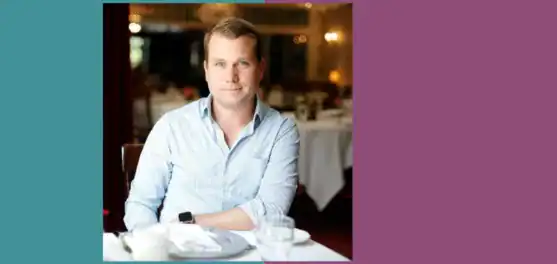For Lilinoe Kauahikaua, the Program Coordinator for the Mālama Project at the University of Hawai’i at Mānoa and Collegiate Recovery Leadership Academy participate, recovery means more than just working to overcome substance use disorder, for her, it was about reconnecting with her roots and culture.
Learn about Lilinoe’s healing journey and how she’s working to help other students in recovery, not only heal but to reconnect with their roots through the Mālama Project.
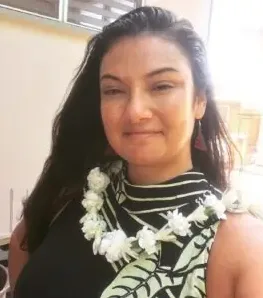
Q: What was your life like before recovery?
A: I began using around the age of 13, it began with marijuana and alcohol, then I experimented with other substances until I found the one that stuck, crystal meth. Highschool proved exceedingly difficult to navigate with my increasing behavioral and anger issues, as well as my increasing drug use. I didnʻt love myself, I wasnʻt proud of who I was, I was in pain and I wanted to escape. Drugs provided that escape, that numbness, where I didnʻt have to feel. My use only increased after high school, dropping out of college after my first year. I lived on the street, bouncing from couch to couch, living in a car at times. I was so ashamed of myself, the mess I had made of my life, and the pain I caused those that loved me. There were years that went by that I had no contact with my family.
I hit bottom in 2006 when I was arrested and jailed for a brief time. This was a pivotal moment in my life. As I sat there in that jail cell, with the charges and bail rising every day, I just remember thinking, this can’t be how my story ends. I have so much more to give, I have to be worth more than this, there has to be something out there for me. I felt the kāhea (call) to come home, home to Hawai’I, Ku’u one hānau (the sands of my birth). So, I answered my ancestors’ call to return home to Hawaiʻi, my piko (center).
Fortunately, I got a second chance, a clean record, the motivation to turn my life around, overcome my addiction, and pursue my education. In reconnecting with my culture, my indigeneity, I have grown and continue to heal.
Q: What does recovery mean to you?
A: Recovery to me, is really a healing journey. In pursuit of my healing, I found a sincere desire to help those in need, those struggling with issues similar to my own. As my connections to my cultural knowledge grew, a path of social service deeply rooted in Hawaiian culture began to reveal itself.
Since moving home to Hilo on Hawaiʻi Island almost ten years ago; I have become a strong, confident, grounded, and motivated woman. Connecting to Hawaiian language and culture empowered me. I pursued the certificate program in Hawaiʻi Lifestyles, which helped me to connect my learning on a new level, through mele (music), oli (chant), moʻolelo (mythology), and hula. This program inspired me to pursue culturally based interventions. The challenges I had faced in my life’s journey gave me the desire to reach out to those in need. My life has made me uniquely empathetic to the issues with which many people struggle.
My journey toward healing, involved reconnecting to my culture, learning about my ʻohana (family), my moʻokūʻauhau (genealogy), learning ʻōlelo (Hawaiian language), learning our history, hula, mele (music), moʻolelo (stories), and kind of just trying to kilo (observe) and absorb everything around me. It has been a long journey kind of intertwined with my academic journey as well. I really wish there was a program out there that kind of allowed for an indigenous approach to healing, recovery and resilience.
As a Native Hawaiian woman on my healing journey, I have often felt like I didn’t belong in some of the other recovery spaces, and 12-step programs. In my early recovery, walking into those spaces, I felt like the content didn’t really resonate with me and how I needed or wanted to heal. I often felt excluded by the religious content of the 12-step format or the clinical nature of some of the other treatment programs.
Q: Describe what addiction and recovery support services look like on your campus and how did it get there?
A: The Mālama Project began at the University of Hawaiʻi at Mānoa in 2016 with a grant from Transforming Youth Recovery and offered a weekly peer support group through 2018. In the Fall of 2019, we restructured our program in order to create a more inclusive and culturally resonant space to better reflect our student body.
After being accepted into the SAFE Project Collegiate Recovery Leadership Academy, we embarked on a journey to develop a campus-wide impact project called Hoʻoulu or continuous growth. Hoʻoulu aimed to develop a culturally grounded, resonant, inclusive, and supportive space for students on their healing journey from substance misuse.
This project stemmed from the awareness that oftentimes, “recovery spaces” do not resonate with indigenous peoples, indigenous ways of healing, or those who wished to pursue a more holistic pathway.
Many times, “recovery spaces and recovery language” can feel exclusive to individuals of color, and those whose cultural backgrounds are deeply rooted in community, pilina (connections), and ʻohana (family). We aim to address the dichotomy between holistic or indigenous healing and a western approach.
Through the Collegiate Recovery Leadership Academy, we received incredible guidance from not only SAFE Project, with their nationwide connections and years of experience in the field of Collegiate Recovery, but also from our indigenous cousins on the continent, through a wonderful connection with Kateri Coyhis, a member of the Mohican Nation, and the executive director of White Bison, a nonprofit organization offering culturally resonant recovery modalities to tribes across the continent.
We are able to provide students with opportunities to connect on a deeper level through our four initiatives, which we frame through a lens of ʻōlelo noʻeau or Hawaiian Proverbs, which embody knowledge and lessons that have been passed down by those who came before us, by our ancestors. Learn more about the Mālama Project at recovery85.wixsite.com/malamaproject.
Q: What do you want people to know about the importance of addiction and recovery support services on your campus?
A: They offer us insight into that mana or innate power within us all, fed by the knowledge passed down by our ancestors, we learn to embrace our own collective moʻolelo, our stories of resilience. When we begin to embrace this, we begin to heal; we heal ourselves, we heal our ʻohana. This is one of the ways Mālama Project aims to change the narrative, not just on the Mānoa Campus, but on every UH Campus across the paeʻāina (Hawaiian Archipelago).
We hope to open up discussions to create healing spaces and ʻohana (families) on all UH campuses, where students in recovery or on their healing journey can feel safe, accepted, understood, and empowered. We need to destigmatize and decolonize recovery, the language surrounding it, and even the way it is viewed by both those on their healing journey and those viewing from the outside in.
We need to move toward normalizing the conversations surrounding recovery, healing, resilience. Fostering a culture of openness, and open discussion, where students are able to embrace the power of their own resilience. Fostering a culture like this on campus can help students to feel supported.
We need to shift the narrative and approach from a deficit and disparity based perspective on addiction and substance use, toward championing strengths, resilience, and healing outcomes, while still acknowledging that there are systems of oppression within our institutions that have contributed to the continued marginalization & oppression of many of our students – especially in recovery spaces, which often feel exclusionary to students of color and those seeking indigenous or holistic pathways of healing.
Q: Describe your plans for the future now that you are in recovery
A: This spring, I will complete my Master’s in social work and apply for a Ph.D. program. Throughout my graduate research, I have primarily focused on issues impacting our Native Hawaiian community, looking at developing culturally anchored programming, particularly in substance work, incarceration, and reentry. Through this research, I have been fortunate enough to work with many Native Hawaiian organizations throughout Hawaiʻi, learning from indigenous sources to better serve our communities through indigenous healing practices.
Through an internship over the past year, I’ve begun looking into data disaggregation practices across state agencies and working with community organizations to shift the narrative of how data is collected and used. Additionally, working to identify destructive beliefs and practices in current data collection from an indigenous perspective, again hoping to shift the narrative toward indigenous data sovereignty and data governance. The intersectionality in my areas research and work have recently begun to reveal an exciting path in the years to come. A pathway where I hope to serve and help truly heal our indigenous ʻohana (families).
I am excited to see where my journey takes me
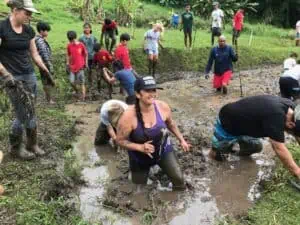
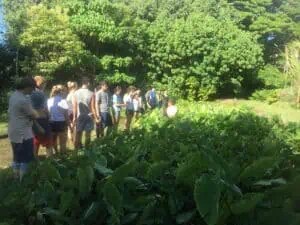
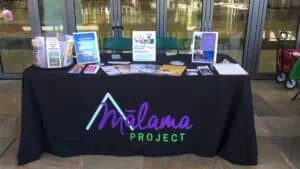
Share Your Story
This epidemic has given us one common experience: we have all become experts in our own way. At S.A.F.E. Project, we believe that we strengthen one another by sharing our stories. Whether you are in recovery, lost a loved one, or are making a difference in your community, you can help others on this journey. We’d like to hear from you.

